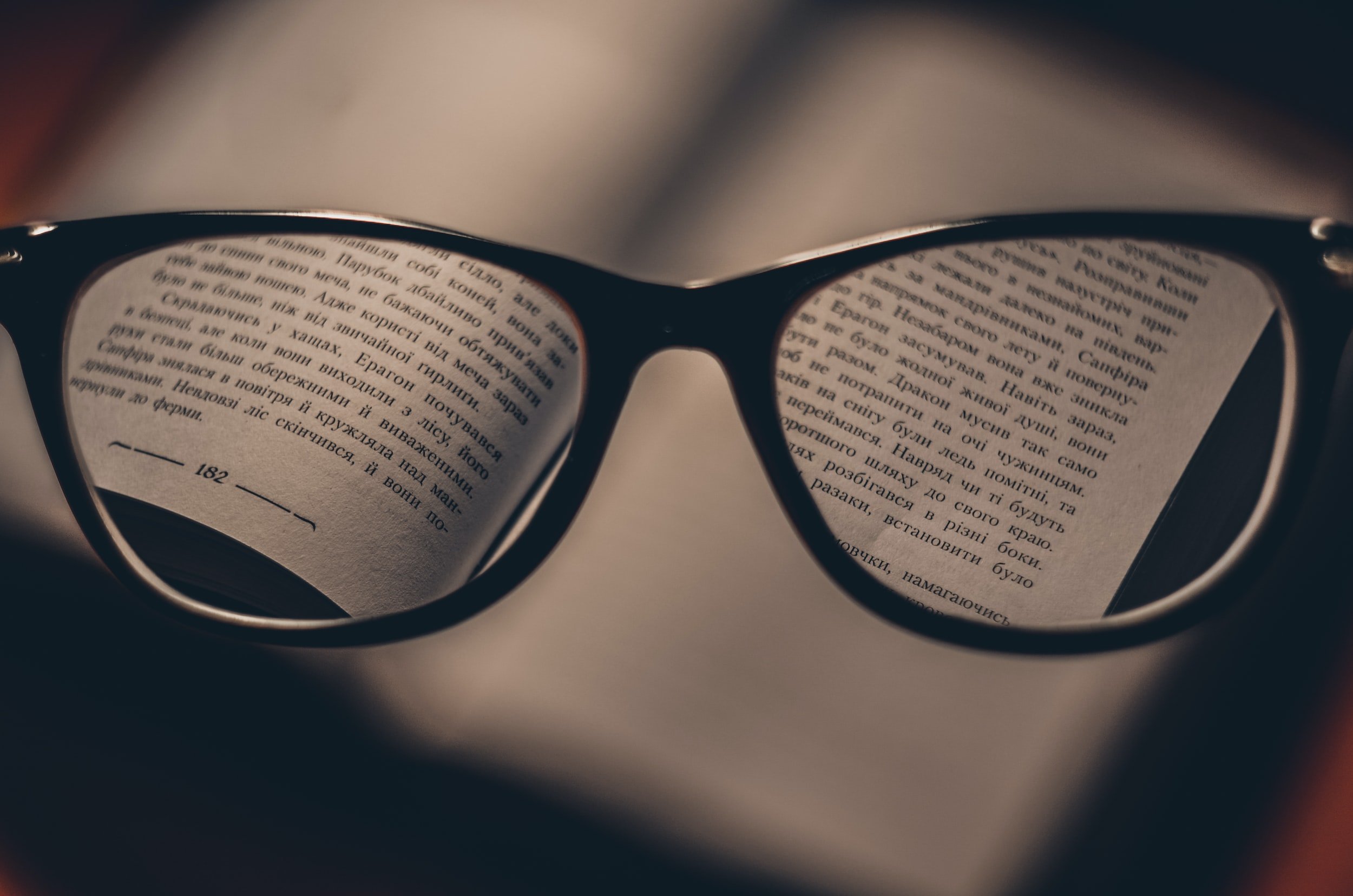The Apartment
The Apartment
Dear Louie,
I recall the construction of the eight - family housing during the early 1950’s when the community was initially stretching itself into the post war era of expansion. This expansion was stimulated by the release of pent-up hormones and youth. For years, the youth of the time had been affected by war and contained; contained by constraints of regimentation, and social restraint. Finally released back into society after the four most violent years of history, followed by two or three years of readjustment and redirection, the young, youthful, energetic men and women settled back and began to procreate as well as recreate. With the explosive procreation, the need for housing exploded and many small units were developed.
Next came the multiple housing units - four-packs, eight-packs, and twelve-packs. Units of eight hundred to twelve hundred square feet had only living space - there was no added space for storage, recreation. Just rest and procreation. There were no extra closets, some units came with basements, some without; all were tight and packed with furniture, many with cribs later replaced by bunk beds, under bed storage, and narrow hallways.
Today, these units are old. Many are dirty and dusty, all crammed with the ravages of overcrowding for fifty or more years. The smells of mildew and neglect, of oils and barbecue grills stored upside down in the hallways, of cabbage cooking in the apartments of the recently arrived immigrants from Russian Georgia and mid European Slovakia mix and match upon opening the flimsy paneled outer door. Many have come and gone over the past fifty or more years, all have brought and left the smells of overcrowded society. Each unit has its character, and is usually olfactory in nature.
It was into this mix that I entered to see my new friend, the patient in need of glasses.
I found this patient in need - in need of so many things - glasses, food, furniture, clothing, and hope. I found a man emaciated by chronic illness, slight of build, bent by the ravages of compression fractures and loss of disc substance. He was a man older than his age of 60 or so, a man played out, but hopeful. I found a man who found hope from the bible - a bible in the center of the living room on a unique kneeler-like reading desk, covered with a shawl, on top of which was his Bible; large print curled paper edges, and multiple bookmarks.
The only padded chair, an old castoff desk chair, stood in front of the bible. It had rollers. To the right was a 1975 TV, dusty like all the furniture, but functional. A “Jesus” knitted sign hung from a string in the right upper corner, anchored by scotch tape. A portable vacuum cleaner covered by some type of bedding - folded and clean with old slippers on top, stood next to the TV. To the right of that was a wooden old chair - one of two wooden old chairs in the living room. The front windows were in need of paint, caulking, and window shades and curtains. Fresh air breezes were chilling the room - even on the fall day the breezes were cool. What about the coming winter? In front of the windows were three large glass containers filled with some exotic plants, growing out of small funnel like necks, having an ominous possessive appearance, overtaking the oxygen of the room as the hyperthyroidism had overtaken my new friend. Except for his Jesus, he was overwhelmed.
We talked, he gave his history, I made arrangements for glasses. I left, wondering how to make an impact, how to help. I am still wondering - even now years later, even now, at four o’clock this morning.
Still no pathway of enlightenment for this problem - a problem of vision, easily corrected. But the problem of hope and despair, not so easily corrected.
Want to listen to this letter? See the interview with Sally Jensen and Abbey Algiers on YouTube.
